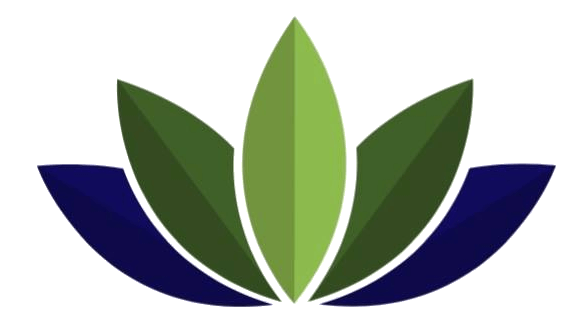Somatic experiencing
Somatic Experiencing
Somatic Experiencing (SE) is a body-oriented therapeutic model for healing trauma and other stress disorders. It is based on a multidisciplinary intersection of physiology, psychology, ethology, biology, neuroscience, traditional healing practices, and medical biophysics. Somatic Experiencing is a bottom-up approach using the body and the lower, more primitive parts of the brain to heal trauma and alleviate certain medically unexplained physical concerns like chronic pain, inflammation, poor circulation, autoimmune disorders, migraine, chronic fatigue, and intestinal issues.
A bottom-up, body-oriented approach is needed to fully renegotiate trauma and restore a sense of safety and choice for survivors of Complex and Single Event Post-Traumatic Stress because 80% of the body’s nerves are afferent. Meaning they take sensory information about the environment (sights, sounds, taste, touch, and smell) and bodily systems back to the brain to decide how to respond. Efferent neurons or motor neurons represent only 20% of nerves in the body, taking messages to the body to perform an action.
Our SE practice is informed by Polyvagal Theory focused on toning the Vagus Nerve, the longest cranial nerve in the body that starts in the brainstem, just behind the ears, and innervates all vital organs of the body including the gut, stomach, lungs, heart, spleen, liver, and kidneys. The Vagus nerve also connects to a range of other nerves involved in speech, eye contact, facial expressions, and our ability to tune into other’s voices.
The Vagus nerve modulates the nervous system’s different states of Ventral Vagal – Calm, Relaxed, Socially Engaged, Sympathetic – Fight, Flee, Mobilize, and Dorsal Vagal – Shut Down. All nervous system states are critical to survival, but trauma survivors often perceive threat when one is not present, or fail to recognize threat when there is one. We work to tone the Vagus nerve so that we have a flexible nervous system. The more highly toned your vagus nerve, the more quickly and efficiently you will be able to recover to a Ventral Vagal state (Calm, Relaxed, Socially Engaged) after periods of high stress or trauma.
Highland Village Counseling, PLLC
2570 Justin Road, Suite 202
Highland Village, TX 75077
(940) 222-2214
Highland Village Counseling, PLLC
8700 East US Highway 380, Suite 520
Cross Roads, TX 76227
(940) 222-2214
Please visit our Home Page regarding the No Surprises Act and your right to a Good Faith Estimate.
Sign Up for Our Newsletter
Thank you for signing up for our newsletter.
There was an error sending your message; please try again later.
Copyright 2022. All Rights Reserved. Highland Village Counseling, PLLC
Design + Consultation by: GrowYourTherapyPractice.com *


